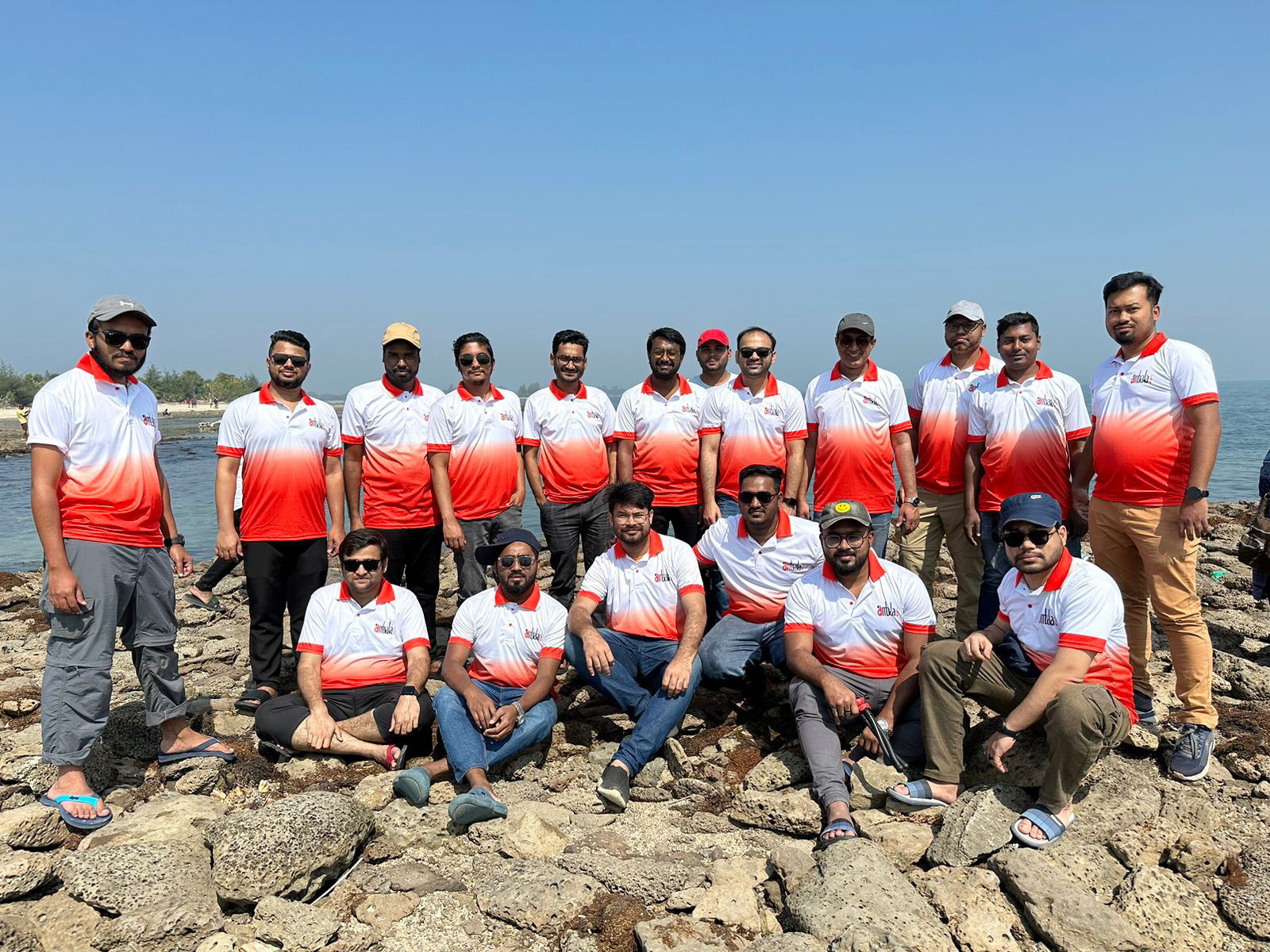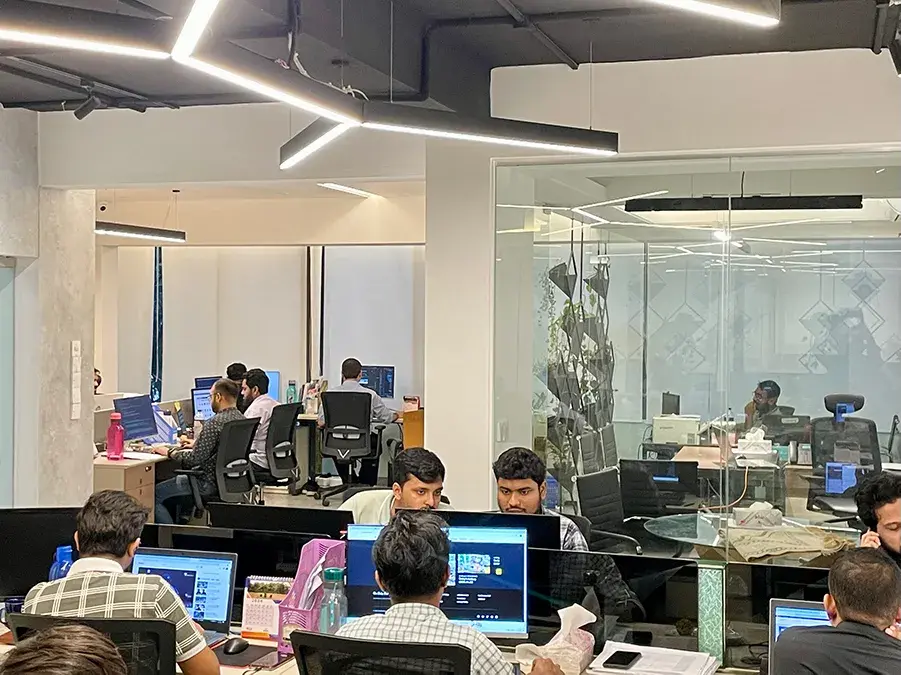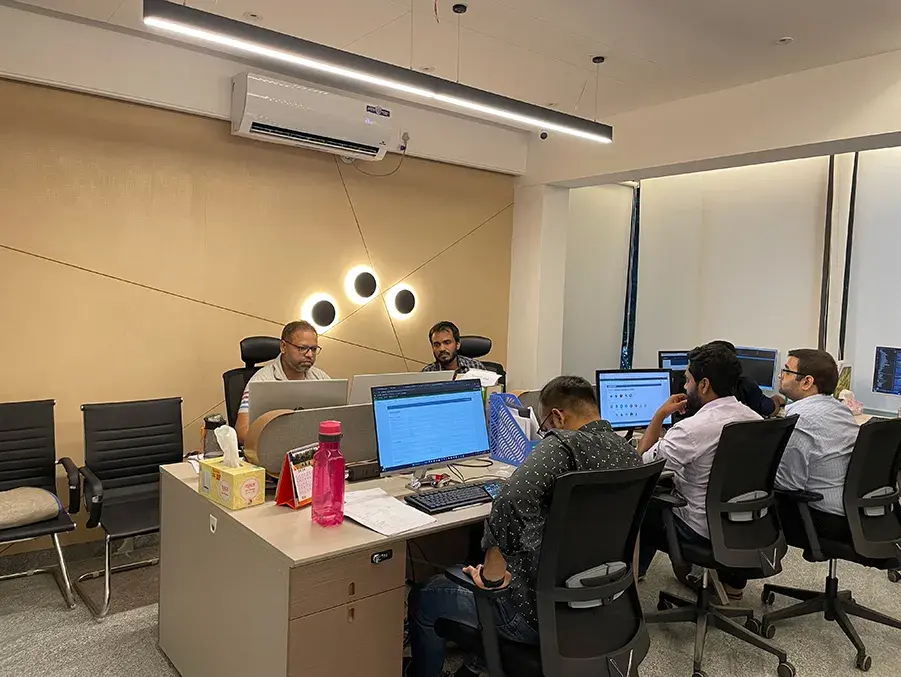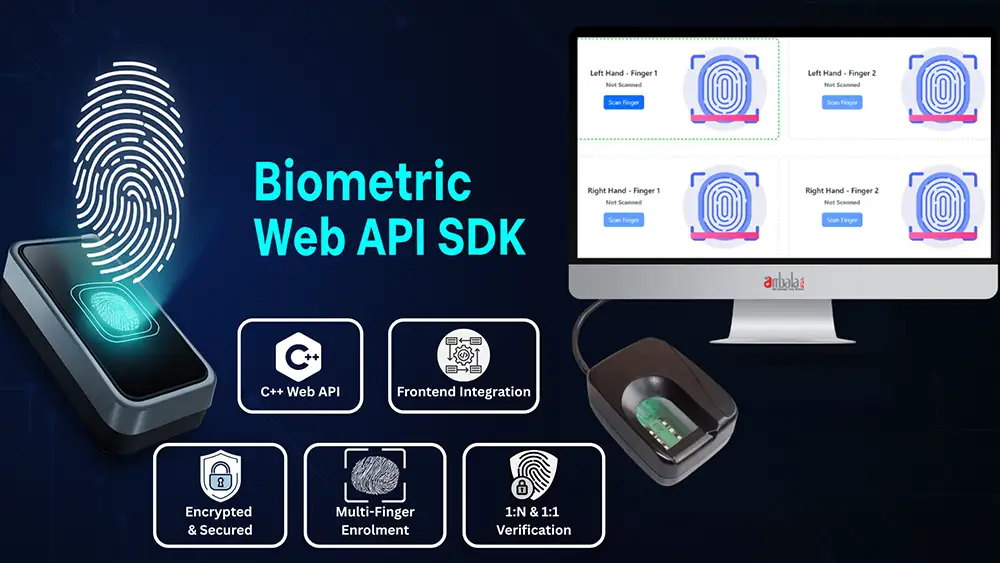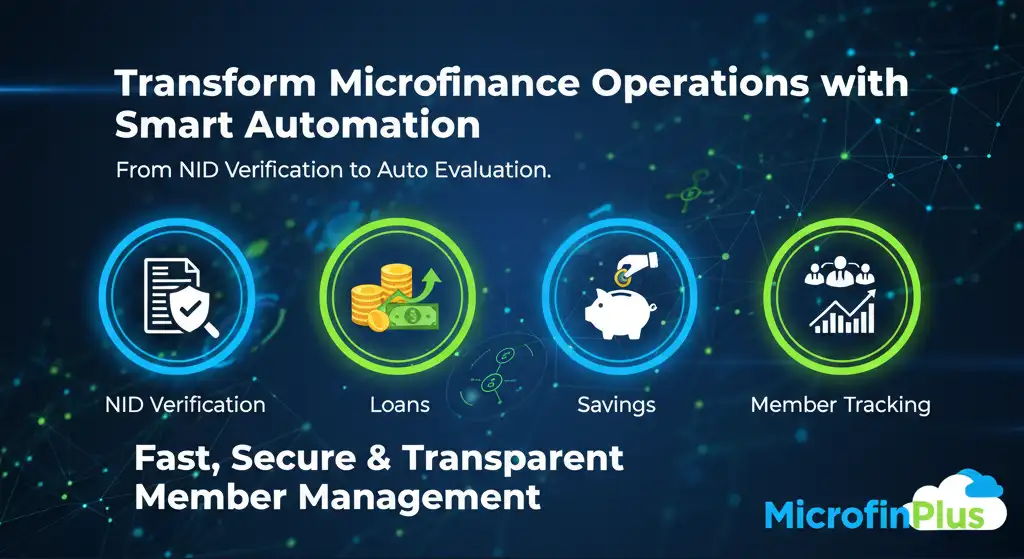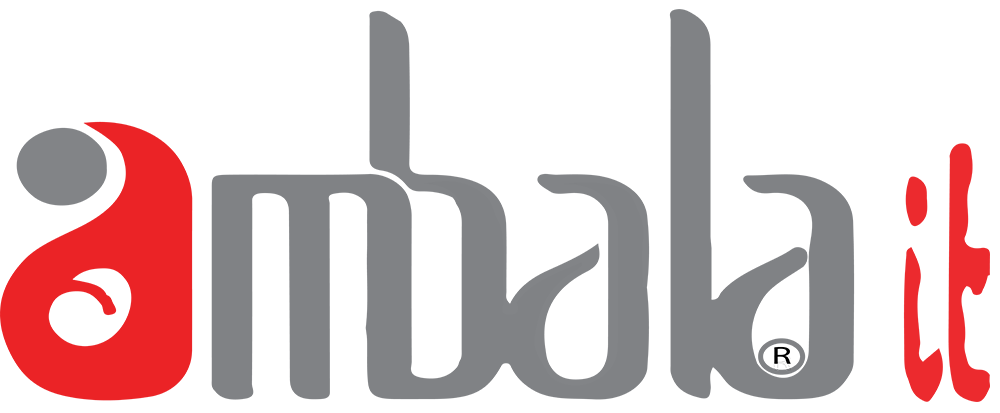
How to Choose the Right Software Development Methodology: Agile, Waterfall, or DevOps
Software development methodologies play a crucial role in determining the success of a project. Choosing the right approach can significantly impact the development speed, quality, and adaptability of the final product. This guide provides an in-depth comparison of Agile, Waterfall, and DevOps methodologies, offering insights into their strengths, weaknesses, and best use cases. We will also cover problem-solving strategies and code examples to illustrate practical applications.
Understanding the Software Development Methodologies
1. Agile Methodology
Agile is an iterative, incremental approach emphasizing flexibility, collaboration, and customer feedback. It is best suited for projects with evolving requirements.
Key Features:
- Iterative development with sprints (Scrum) or continuous flow (Kanban).
- Frequent customer involvement and feedback loops.
- Cross-functional teams working collaboratively.
- Continuous integration and testing.
When to Use Agile:
- Projects with changing or unclear requirements.
- Teams that prioritize fast releases and adaptability.
- When customer feedback is crucial to product success.
Code Example: Implementing Agile with Scrum
Using Python’s pytest and a CI/CD pipeline for continuous integration:
This simple test ensures that code changes are verified before merging into the main branch, an Agile best practice.
2. Waterfall Methodology
Waterfall follows a linear, sequential approach, where each phase must be completed before moving to the next.
Key Features:
- Clearly defined stages: Requirements, Design, Implementation, Testing, Deployment, and Maintenance.
- Comprehensive documentation and upfront planning.
- Less flexibility for changes during development.
When to Use Waterfall:
- Well-defined projects with stable requirements.
- Regulatory or compliance-driven software development.
- Large-scale enterprise systems with extensive documentation.
Example Problem & Solution:
A bank requires a secure transaction processing system where requirements are fixed. Waterfall ensures structured progression.
This ensures a structured database schema before the development phase begins, minimizing later changes.
3. DevOps Methodology
DevOps integrates development and operations, focusing on automation, continuous integration, and deployment.
Key Features:
- Collaboration between developers and IT operations.
- Automation of build, test, and deployment.
- Monitoring and security integration.
- Faster delivery through continuous deployment.
When to Use DevOps:
- Rapid development cycles with continuous delivery needs.
- Cloud-based or microservices architecture projects.
- Organizations looking to automate deployment and monitoring.
Example: CI/CD Pipeline with DevOps
Using GitHub Actions for automated deployment:
This ensures that each code commit undergoes automatic testing and deployment, reducing downtime and improving software reliability.
Choosing the Right Methodology
Problem-Solving Approaches with These Methodologies
1. Handling Requirement Changes
- Agile: Adjust in the next sprint cycle.
- Waterfall: Requires formal change requests, which can be costly.
- DevOps: Uses automated rollbacks to handle issues efficiently.
2. Managing Bug Fixes and Maintenance
- Agile: Continuous bug tracking and iteration.
- Waterfall: Scheduled maintenance cycles.
- DevOps: Continuous monitoring and auto-remediation.
3. Improving Deployment Efficiency
- Agile: CI/CD practices with manual oversight.
- Waterfall: Detailed testing before deployment.
- DevOps: Fully automated CI/CD pipelines.
Choosing the right methodology depends on the project requirements, complexity, and operational environment. Agile is best for dynamic projects needing frequent iterations. Waterfall suits projects with well-defined requirements and strict compliance. DevOps is ideal for fast-paced environments demanding automation and continuous deployment.
By understanding these methodologies' strengths and weaknesses, software professionals can make informed decisions, ensuring efficient development and deployment processes tailored to their needs.
